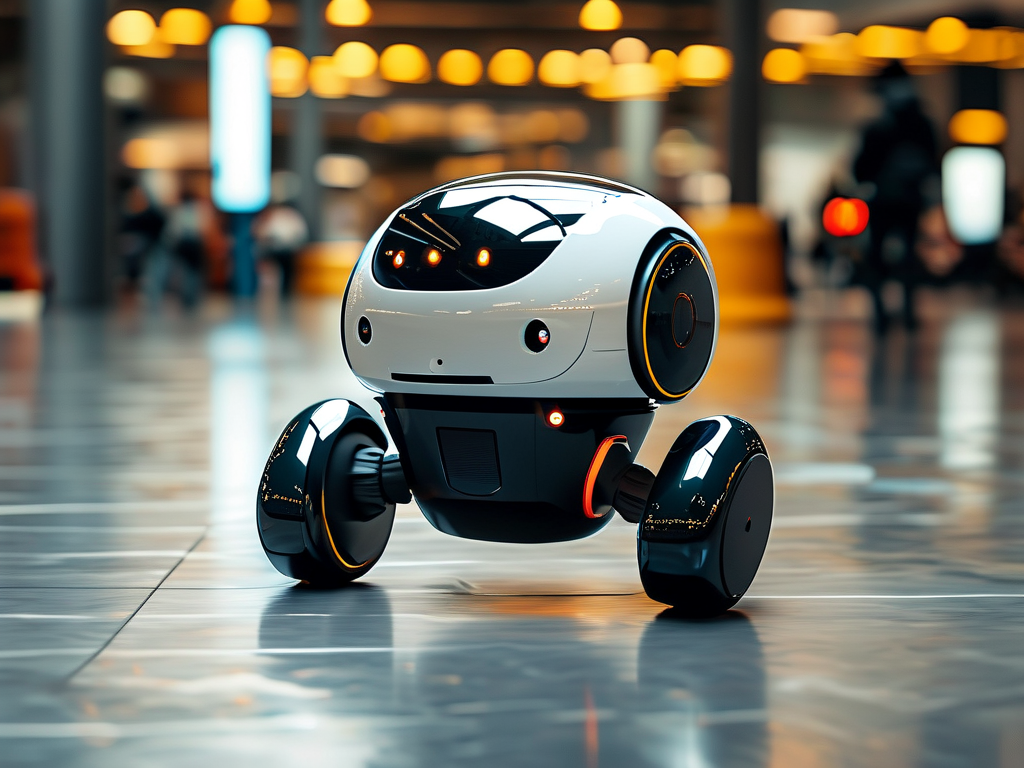The evolution of simultaneous localization and mapping (SLAM) technology has revolutionized autonomous systems, enabling machines to navigate unknown environments while constructing spatial models. At its core, SLAM relies on sophisticated mathematical frameworks and algorithmic strategies to balance computational efficiency with mapping accuracy. This article explores foundational and emerging algorithms that power modern SLAM implementations, highlighting their practical applications and technical nuances.

Filter-Based Approaches
Extended Kalman Filter (EKF) SLAM represents one of the earliest algorithmic frameworks. By maintaining a covariance matrix to track uncertainties in robot poses and landmark positions, EKF-SLAM recursively updates estimates through sensor measurements. While effective in small-scale environments, its quadratic computational complexity limits scalability. For instance, autonomous vacuum cleaners like the Roomba series initially adopted variants of this approach for basic navigation before transitioning to more advanced methods.
FastSLAM introduced a particle-filtering paradigm that decouples robot pose estimation from landmark tracking. Using Rao-Blackwellized particles, this algorithm dramatically reduces computational load by maintaining separate maps for each particle. A practical example includes agricultural drones mapping irregular terrain, where FastSLAM 2.0 variants handle non-Gaussian noise distributions better than traditional EKF implementations.
Optimization-Centric Methods
Graph-Based SLAM redefined the field by formulating the mapping problem as a nonlinear least-squares optimization. By representing robot poses and landmarks as nodes in a graph and sensor constraints as edges, algorithms like g2o (general graph optimization) iteratively minimize error functions. Automotive giants like Tesla employ similar techniques in their autonomous driving stacks, where loop-closure detection ensures long-term map consistency across kilometers of roadway.
Bundle Adjustment (BA), originally from computer vision, has become integral to visual SLAM (vSLAM) systems. ORB-SLAM3 exemplifies this approach, optimizing camera poses and 3D point clouds simultaneously through feature matching. Surgical navigation robots leverage such precision-oriented algorithms, where sub-millimeter accuracy proves critical during minimally invasive procedures.
Learning-Driven Innovations
Recent advancements integrate machine learning with classical SLAM pipelines. LSTM-SLAM combines long short-term memory networks with traditional probabilistic models to predict dynamic object trajectories in real time. Delivery robots in urban environments benefit from this hybrid approach, distinguishing between static buildings and moving pedestrians more effectively.
Neural Radiance Fields (NeRF) present a paradigm shift by implicitly representing environments through neural networks. While not strictly SLAM algorithms, NeRF-based systems like iMAP demonstrate unprecedented scene reconstruction quality using RGB-D data. Museum guide robots are experimenting with such techniques to create photorealistic 3D tours from limited sensor inputs.
Hardware-Algorithm Synergy
The effectiveness of SLAM algorithms heavily depends on sensor fusion strategies. Lidar-inertial odometry systems like LIO-SAM combine IMU data with 3D point clouds for robust operation in GPS-denied environments. Mining vehicles operating underground utilize these algorithms, where millimeter-wave radar supplements degraded visual conditions caused by dust.
FPGA-accelerated SLAM implementations address latency challenges through parallel processing. A notable case involves industrial forklifts achieving 20ms pose updates by implementing RANSAC-based feature matching directly in hardware logic. This hardware-software co-design philosophy proves vital for real-time applications requiring deterministic performance.
Comparative Analysis and Future Directions
Benchmark studies reveal tradeoffs between algorithm families. While EKF-SLAM consumes 45% less memory than graph-based methods on ARM processors, the latter achieves 3x higher loop-closure accuracy in large warehouses. Emerging trends focus on lightweight algorithms for edge devices—MIT’s Kimera-Multi project demonstrates decentralized SLAM across robot swarms using <3W of power per unit.
As quantum computing matures, researchers are prototyping quantum-enhanced SLAM variants. Early simulations show quantum annealing techniques potentially reducing optimization runtime by 40% for large-scale graph SLAM problems. Though still theoretical, such developments hint at transformative possibilities for real-time spatial computing.
In , the SLAM ecosystem thrives through continuous algorithmic innovation. From Bayesian filters to neural implicit representations, each technical leap addresses specific limitations while introducing new capabilities. As autonomous systems permeate industries from logistics to healthcare, understanding these algorithmic foundations becomes crucial for developing next-generation intelligent machines.



